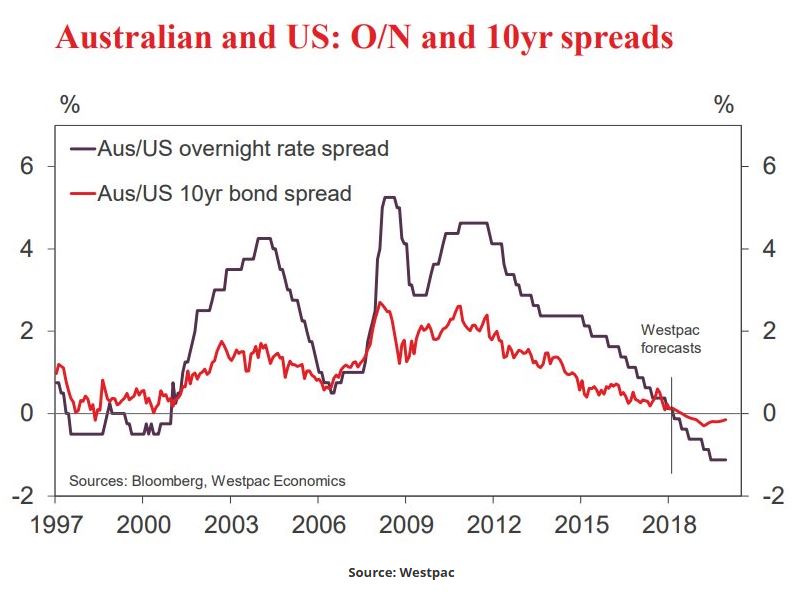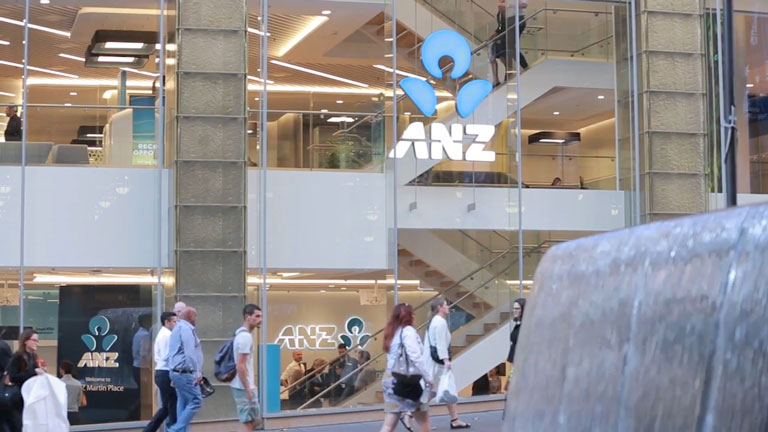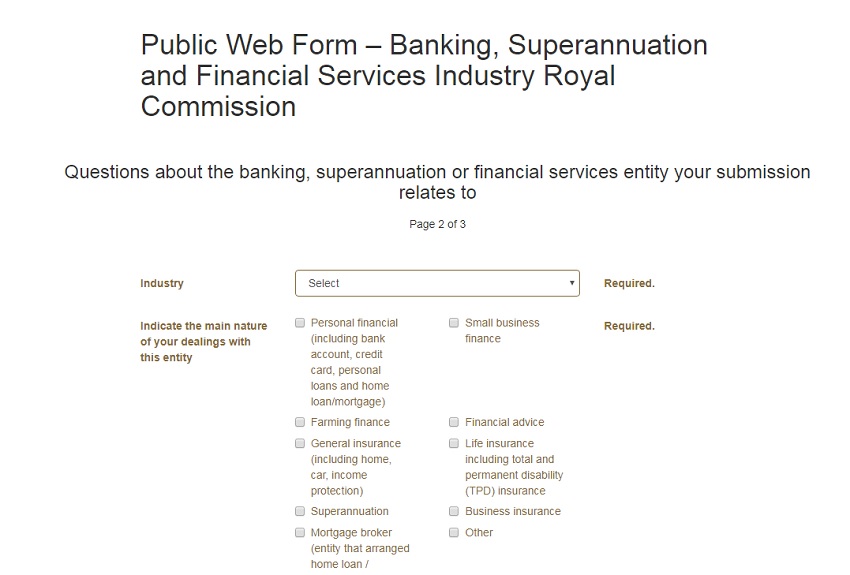ASIC has conducted a market-wide surveillance of credit rating agencies (CRAs) and made a number of recommendations for change.
The findings of the surveillance are outlined in REP 566 Surveillance of Credit Rating Agencies.
ASIC’s main areas of focus were the CRAs’ governance arrangements (including relating to conflicts of interest and their corporate structure), transparency and disclosure.
ASIC’s report makes a number of observations about CRAs’ activities with some leading to recommendations for change in areas such as board reporting, compliance teams and compliance testing, analytical evaluation of ratings and human resources.
ASIC Commissioner Cathie Armour said, ‘CRAs play an important role in our market by giving market users, for example, investors, issuers and governments, a better understanding of credit risks and informing their investment and financing decisions
‘While many of the CRAs operate in a global market with global standards, it is important that they do not lose sight of their regulatory obligations in Australia’, Ms Armour said.
ASIC is actively engaged internationally on policy development for credit rating agencies through its membership of the International Organization of Securities Commissions (IOSCO) and participates in supervisory colleges for the three large international CRAs – Fitch, Moody’s and S&P. Supervisory colleges were established to facilitate the exchange of information between the supervisors of internationally active CRAs in order to foster more effective supervision of these firms.
Background
Under the Corporations Act, CRAs are required to hold an Australian financial services (AFS) licence and to comply with the conditions of the licence, including requirements to comply with the IOSCO Code of Conduct Fundamentals for Credit Rating Agencies. CRAs are also required to provide assistance to ASIC, including in relation to their compliance with the Corporations Act.
There are currently six licensed CRAs operating in Australia and they all formed part of the surveillance – A.M Best Asia-Pacific Limited, Australia Ratings Pty Ltd, Equifax Australasia Credit Ratings Pty Limited, Fitch Australia Pty Limited, Moody’s Investor Services Pty Limited and S&P Global Ratings Australia Pty Ltd.













